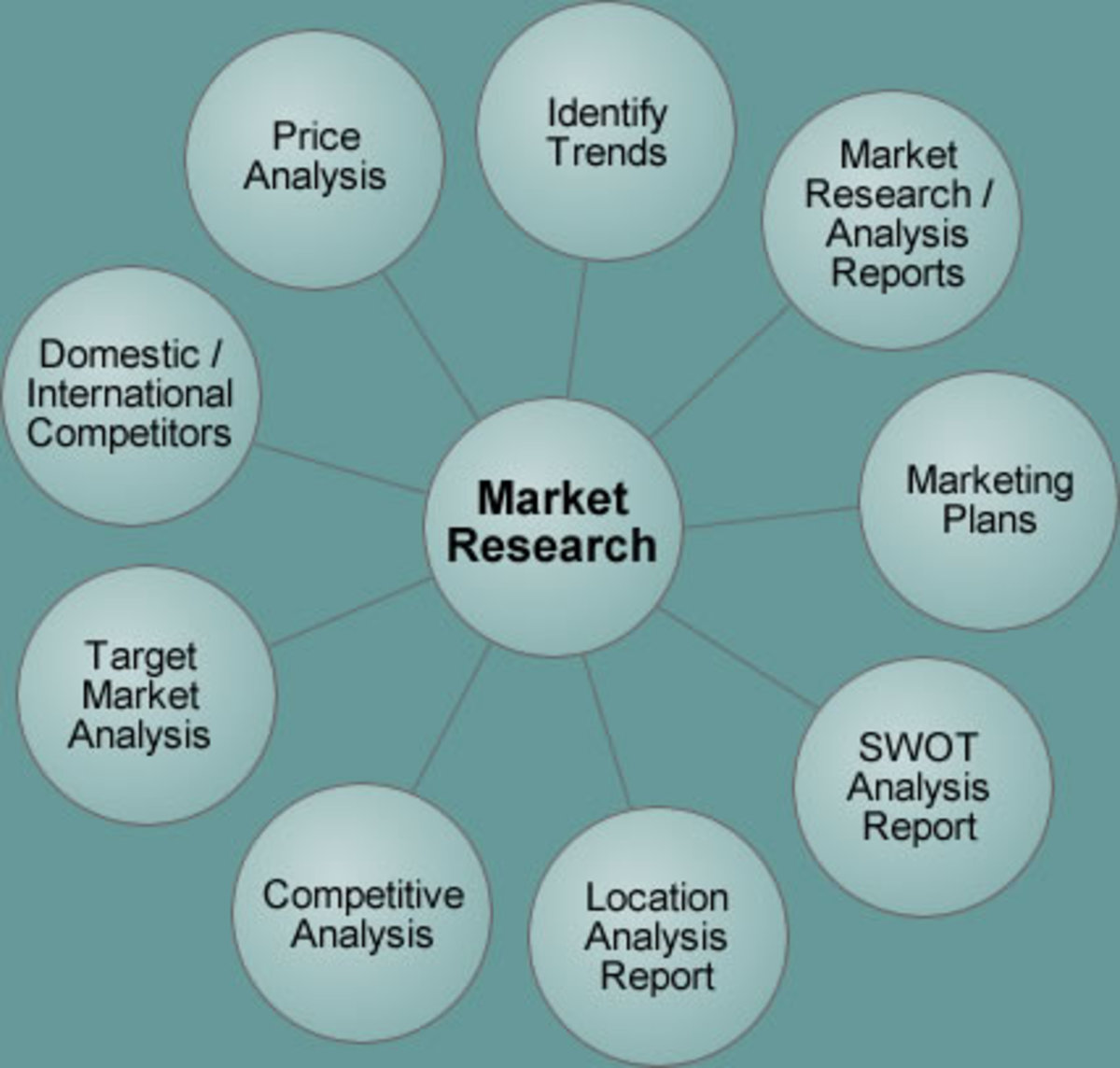Consumers’ choice differs from person to person. Based upon their choices decisions are made. A brand becomes popular only when consumers create likeliness for the product/service. Based upon the 4 P’s the consumer behavior changes. The price determines the buying capacity of a consumer, the product create the need and the ability to satisfy it, place determines where to buy the product and the availability for the product and finally promotion decides about the quantity to buy the product based upon the media used to create awareness. When the consumer buys the product it is important to know more about brand also it brings in the other factors that enables a consumer to buy it. The consumer also behaves differently based on various factors namely their attitude ,motivation and information.
There are various attributes that makes a consumer choose different brands it can be due to their past experience, traditional views, advertisements, attractive brand name or packaging. An advertisement creates a huge impact in a consumers mind. It decides about how the product is different from their competitors even though they produce the same. An advertisement is to create a strong association for a product which can be done by persuading them to buy and to increase consumption for the organization. An advertisement helps in forming up new ideas to encourage consumers. It decides upon creating the need and expectations of consumers and showcasing them by fulfilling it and finally making them buy. An advertisement can give positive and negative perceptions. Positive perceptions like the new Coca- Cola Ad which focused upon open happiness which can be found within their family and friends, has made it unique from its competitors Pepsi, Miranda, Mountain Dew etc. this has brought a positive image and a strong association of happiness that is spread, hence the consumers perception for the product changes and increases the consumption for Coca- Cola rather than any other soft drink in India.

Thus, Brand really affects the purchasing decisions of consumers and once they fulfill customers' expectation they lead to customers loyalty for years to come. For example, for many people colgate is the synonym of toothpaste. The brand has established itself so well that it cannot be replaced easily. Such is the brand loyalty.
